Innovations in Construction Technology to Look Out For in 2024
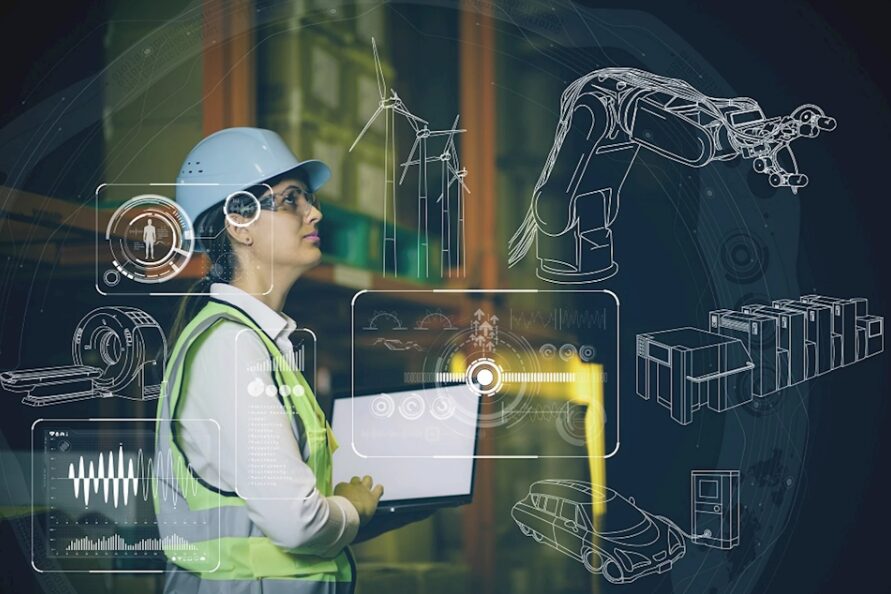
When you think of advancements in technology, your mind probably goes straight to the medical field or electronics. And despite there being numerous advancements in both industries, you might be shocked to believe that the construction industry has had its fair share of advancements as well, with more to come! In fact, the construction industry is actually one of the most innovative industries there is.
The construction industry is known for being a hands-on type of industry, but when confronted with circumstances that were difficult to solve, the industry always turned to innovation for resolutions. And that reason alone is why the industry has become so advanced.
If you think the innovations in vaping technology and gaming technology are mind-blowing, just wait until you see what’s on the horizon in construction technology.
Innovations in Construction to Be On the Lookout for This Year
Humanoid Laborers
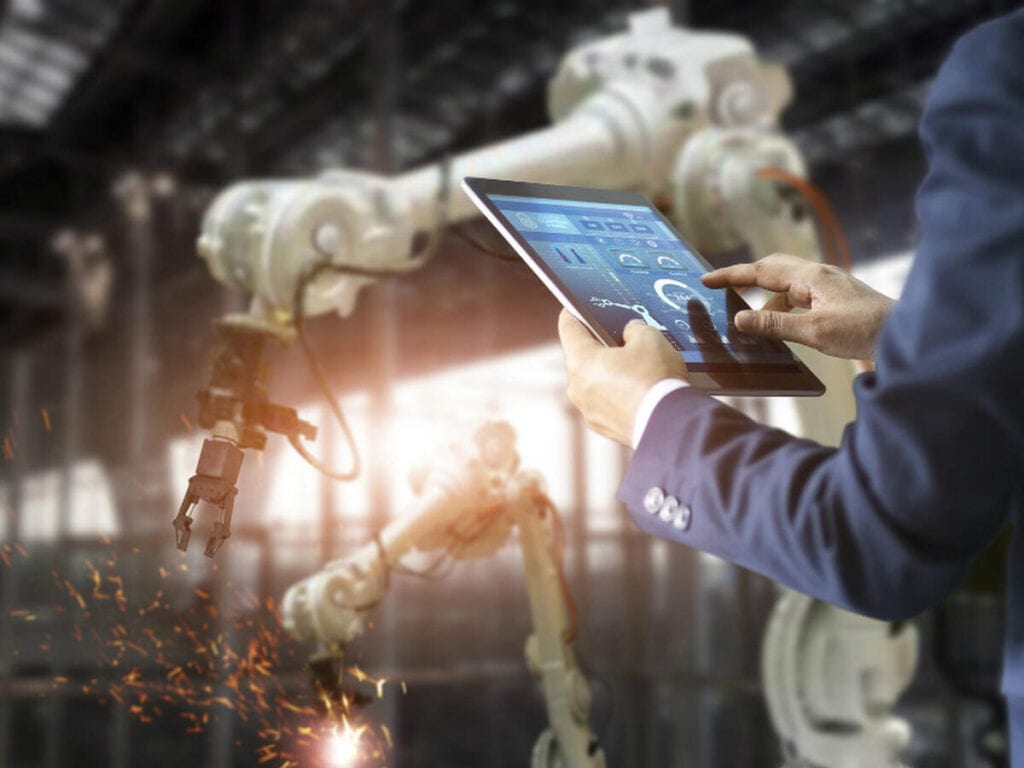
In other words, robot workers… Humanoid laborers were created in response to the labor shortage in many industries. Because of this shortage, Japanese researchers created these robots to perform the tasks of labor-related jobs. As far as construction goes, these robots can install drywall and tie rebar on bridges.
This innovation is a good thing in the event that it keeps human workers out of harm’s way of dangerous tasks and projects, but it also puts workers out of jobs too. That reason alone is why industry leaders are recommending retraining workers to retain them and better prepare them for more labor-intensive jobs.
If you live in states like Massachusetts, you have the opportunity to not only get trained to become a more skillful worker but if you want to take on more of a leadership role in your company, using sites like RocketCert, you practice as you work to obtain your Massachusetts Construction Supervisor License as well.
Construction Drones
Do you remember when drones first came out? They were fun gadgets people would fly around to get a bird’s eye view of different locations. Today, the construction industry has taken drones and put them to work!
Just as people used them to get a bird’s eye view of various locations, the construction industry uses them for that same reason. Drones allow construction workers and contractors to have a more accurate account of area mapping to have a better idea of just how big a worksite is; Drones also reduce worker injuries because they reach heights that are unsafe for workers to attempt to map a worksite. Furthermore, the use of drones can have an effect on the welfare of the workers. Entry to hard-to-reach or unsafe environments is much safer during building without the associated health and safety hazards of person inspection. They can also be used to chart improvements to the building, maintaining track of any actual building mistakes that can be tracked back to a digital twin.
In fact drones will forever be in the construction industry because they not only create a much safer work environment but also play such a pivotal role in the planning and analysis of construction projects.
Connected Hardhats
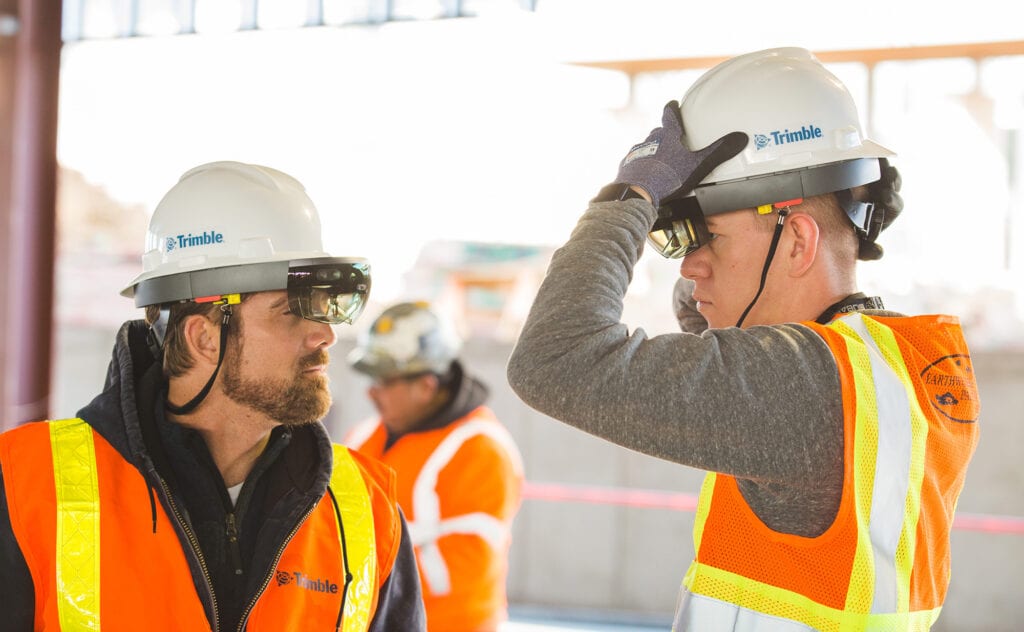
Wearable technology has been around for quite some time in personal attire, but in the construction industry, wearable technology, by way of connected hardhats, are the epitome of pure greatness!
Connected hardhats not only monitor your heart rate and capture pictures but they also can warn if a worker is lightheaded or overheated, monitor your location, and call emergency response teams if you’ve fallen or need emergency help.
As you can see, medicine and electronics aren’t the only industries with innovations in technology… the construction industry has its own set of innovations as well. If you’re looking to get into the construction industry, good luck, and keep your eyes on these innovations in technology!
Mobile Management Equipment
As many other sectors, technology has greatly changed connectivity in the building sector. Not only can contractors transfer the required plans and documentation almost instantly through large spaces, but they can do so with a wide range of employees. This programs will also aid with the supervision of building crews, tasks, supplies, and nearly any other part of the project.
Artificial Intelligence for Constructors
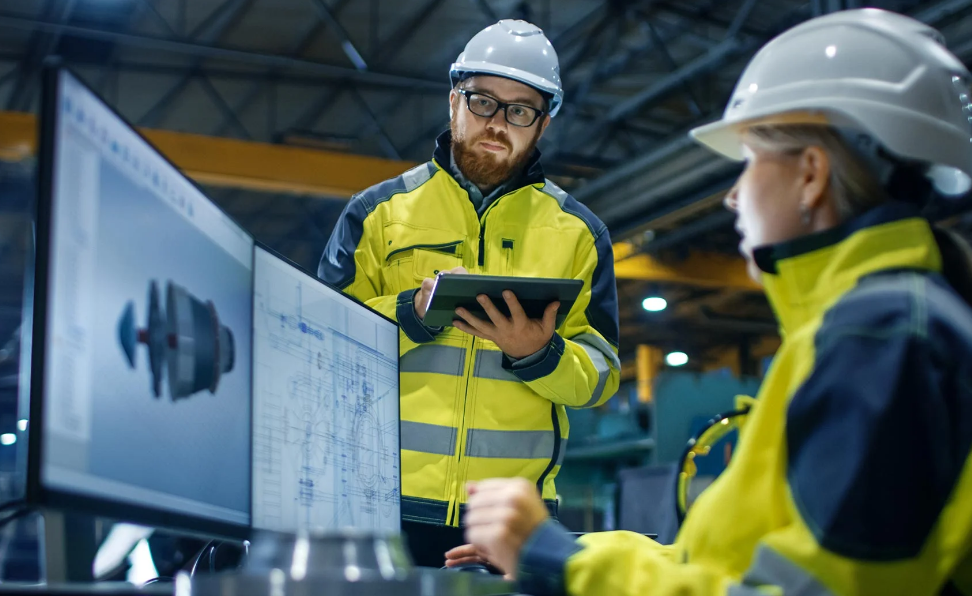
Enhanced workflows are important for well-run building projects and teams. However, owing to the difficulty of the building, workflows appear to be isolated and of a manual nature. According to CartonCloud, warehouses within these workflows also result in the lack of critical data and shortfalls due to disconnection. AI makes it possible to excel in all three of these fields, resulting in improved efficiency and income. The fact that Accenture announced AI has the ability to boost industry revenues by 71 per cent by 2035 does not hurt either.
Back to Basics
When we speak about creativity, the presumption is always that we’re talking about computer-based developments, conceived in sterile, white labs with no relation to the real environment. Yet one of the most interesting new developments in building is the finding that human urine can be produced from bricks.
3D Printing
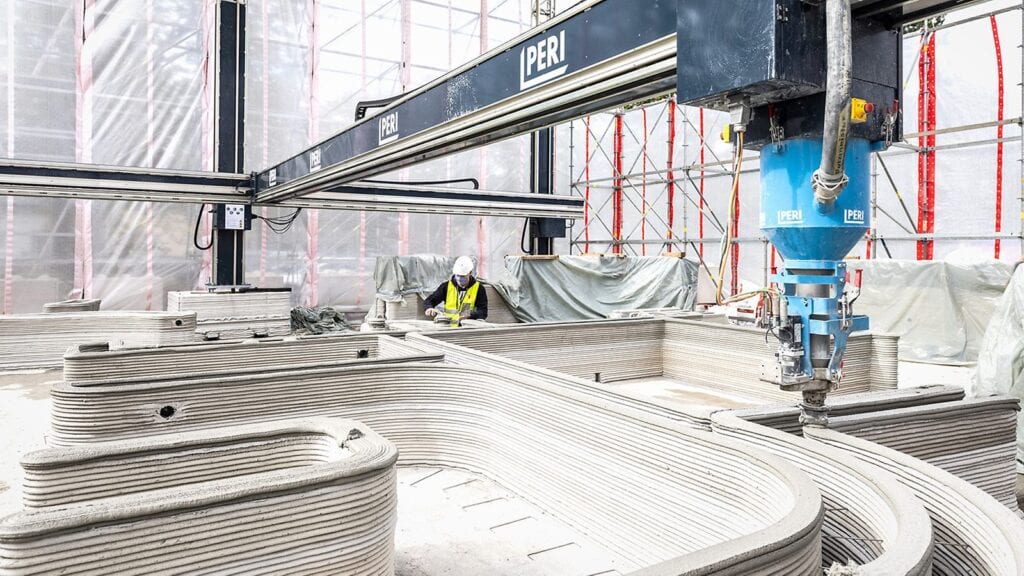
You certainly won’t be shocked to see 3D printing on this page. After all, it has long been cited as one of the leading inventions in building. Even so, the potential is much brighter these days as technology shifts from novelty to evolving market standards. You certainly won’t be shocked to see 3D printing on this page. After all, it has long been cited as one of the leading inventions in building. However, the potential is much brighter these days as technology shifts from novelty to evolving market standards. This experienced technical can also bypass the need for existing plans as they offer immersive insights into the current cond.
Smart Personal Protective Equipment
For most of us think of PPEs (Personal Security Equipment Articles), you might think of hard-hats, visible garments and steel-toe boots. Although these are still very much the standard on building sites, due to new communications technologies, the PPEs have received a big boost. The new ‘smart’ PPEs used on work sites have sensors that can track workers’ vital signs, etc.
We can’t forecast the future yet, but with predictive analytics, we can get closer. Predictive analytics is increasingly gaining its foothold in the central stack of technological solutions in the building industry. By using existing and past data as well as artificial learning, businesses will forecast potential outcomes.




